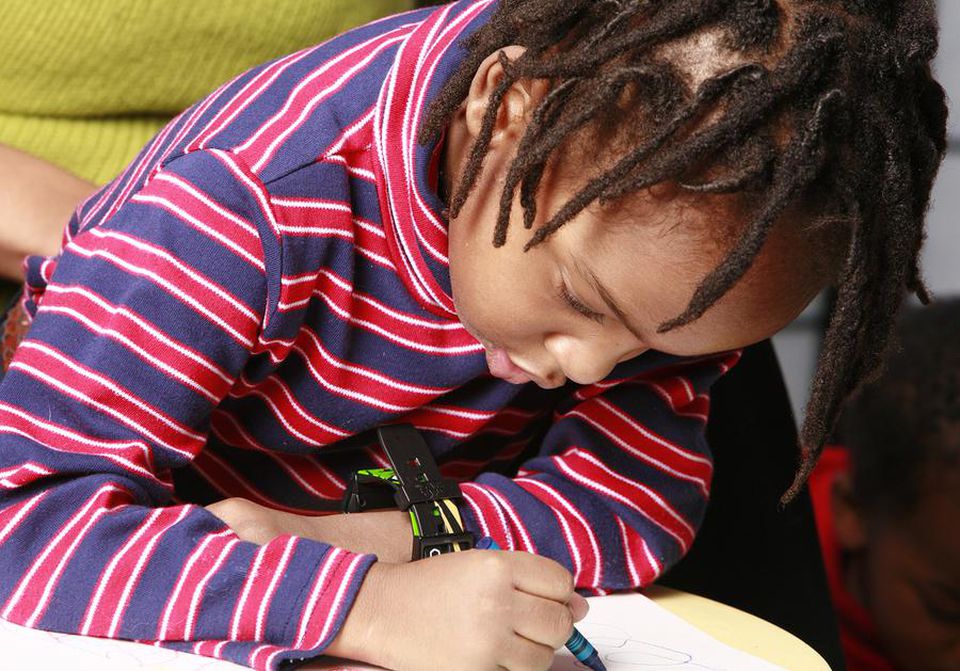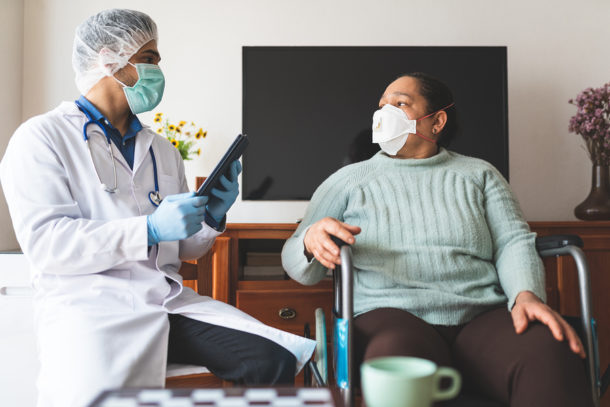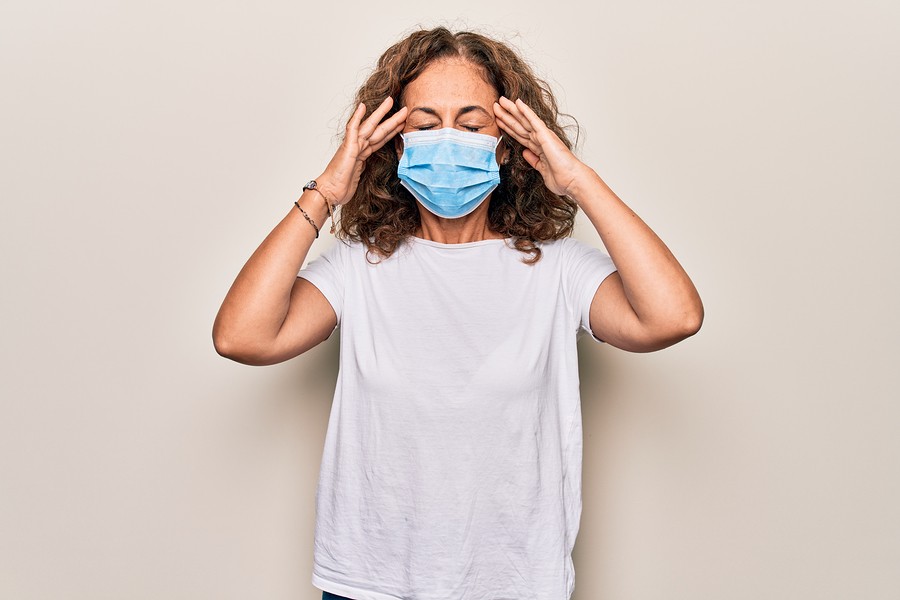Recent events have magnified inequities in our society along racial and ethnic lines generally and particularly in areas such as education, as instruction has moved online and become more parent-dependent. As one example, a 2019 study found that one-third of black households lack home broadband service and fewer than half own a computer.
This disparity inevitably affects autism diagnosis and treatment. Research in the last decade has found that black and Hispanic children are more likely than white children to experience undiagnosed autism, and to have their autism diagnosed later.
The impact of going undiagnosed is self-evident, but even waiting for a diagnosis is significant, as earlier intervention with behavioral treatment is closely associated with better long-term outcomes.
A co-author of a study on racial disparities in autism diagnoses told US News and World Report that the underlying causes are as yet unknown. “There may be various reasons for the disparity, from communication or cultural barriers between minority parents and physicians to anxiety about the complicated diagnostic process and fear of stigma,” said study co-author Dr. Walter Zahorodny, an associate professor at Rutgers New Jersey Medical School and director of the New Jersey Autism Study.
The differences extend beyond diagnosis to treatment and acceptance issues. Minority children are less likely to receive specialty care related to autism, and the amount of money at least one state spends on their treatment is lower, according to a 2013 study that found spending on white children with autism was roughly 20% higher than on black and Hispanic children.
A study on California’s investment for ASD (Autism Spectrum Disorder) treatment found “spending differences based on race and ethnicity. Compared to whites aged 3 to 17, average per-person spending was close to $2,000 per person lower for African Americans and Hispanics, with the least spending on African Americans.” The problem, however, is not unique to California or even the US. According to another peer-reviewed study on demographic spending for ASD treatment, for “a small UK sample of adolescents with ASD, mean total costs, which were primarily educational, were 40.9% higher for white than non-white youth. Among children ages 24–60 months, mean costs were 10.0% higher for white than non-white children.” This disparity is a systemic, global problem that requires an urgent seachange in mindset and political will on behalf of industry professionals and civil servants alike.
Cultural factors are at work as well, says Catina Burkett, a social worker from South Carolina who wasn’t diagnosed as being on the autism spectrum until age 46. She says being black and autistic consigns her to outsider status in both communities.
“When I am inflexible, I am sometimes called unfriendly, insubordinate, lazy, aggressive or uncontrollable. When I need to process a situation before I respond to it, some describe my quietness as a ticking bomb that may go off at any time,” she wrote in an opinion piece in Spectrum News. “Within the black community too, many people have tried to hold me to their idea of how I should behave as a black woman.”
Upon her diagnosis, Burkett searched the literature for information about her condition and found a plethora of valuable research validating her sense of isolation, “but I could find no research on autistic black people,” she wrote.
Indeed, the Centers for Disease Control and Prevention offers no information on race or ethnicity for autistic adults and roughly five of every six studies on autism fail to report the race or ethnicity of participants. In those that do, minorities are vastly under-represented compared to their share of the general population.
In order to boost diagnosis rates, Dr. Zahorodny recommends screening all children from toddlers to school-age children for autism and educating pediatricians about employing creative strategies to overcome communication barriers with parents. These might include using pictures or engaging the services of a patient navigator to discuss autism symptoms, diagnosis and treatment.
The American Academy of Pediatrics (AAP) recommends screening for all children for ASD at the 18-month and 24-month well-child visits in addition to regular screening. But, identification and diagnosis is just the first step. For disadvantaged families, gaining access to services is more challenging and the long-term effects of this are profound. Drexel University’s 2018 study found that “nearly half of teens on the autism spectrum live in households with incomes at or below 185 percent of the federal poverty level (about $45,000 for a household of four). One in four lived in a home that received at least one form of public assistance”. Making a significant impact on access to services goes beyond the individual with autism- it extends to supporting families in accessing quality education, healthcare and other support services.
Autism occurs across all demographics and ethnic groups, however, the impact of autism is not felt equally across these groups. Children and young adults from poorer households and minority groups experience fewer opportunities for services and employment and generally demonstrate poorer outcomes across a range of factors.
A cultural shift within the autism community may also be in order wherein we recognize diversity within our community, acknowledge the added burdens some members endure and work to eliminate disparities in diagnosis and treatment.
Article written for Forbes.com.


